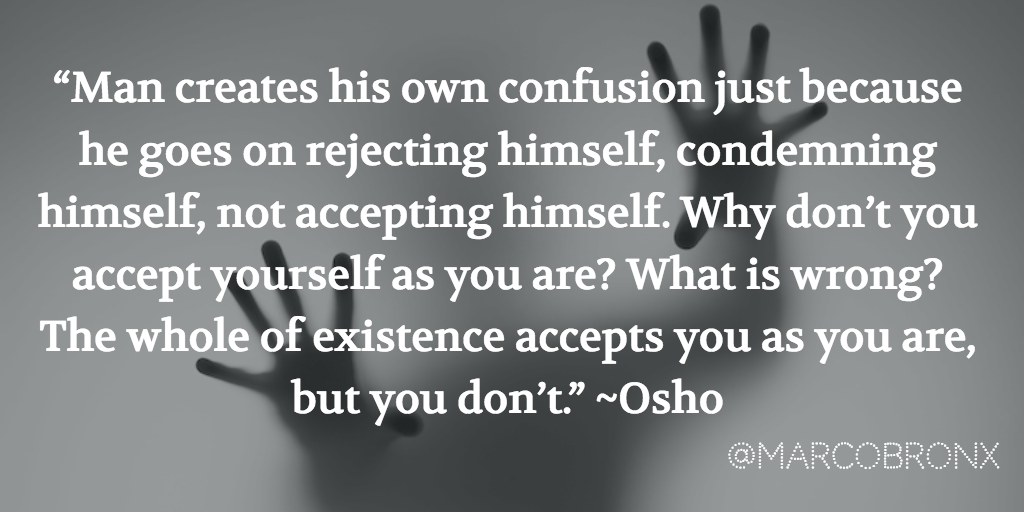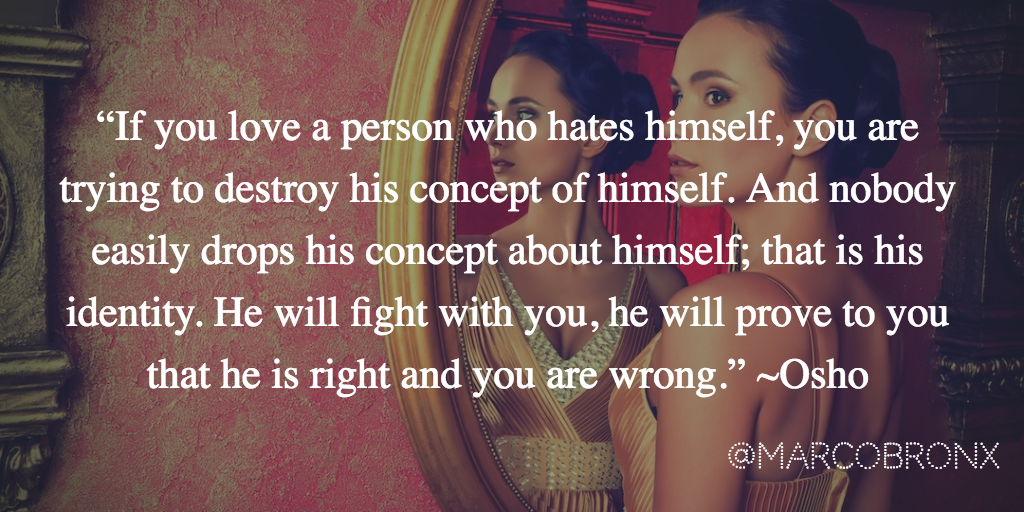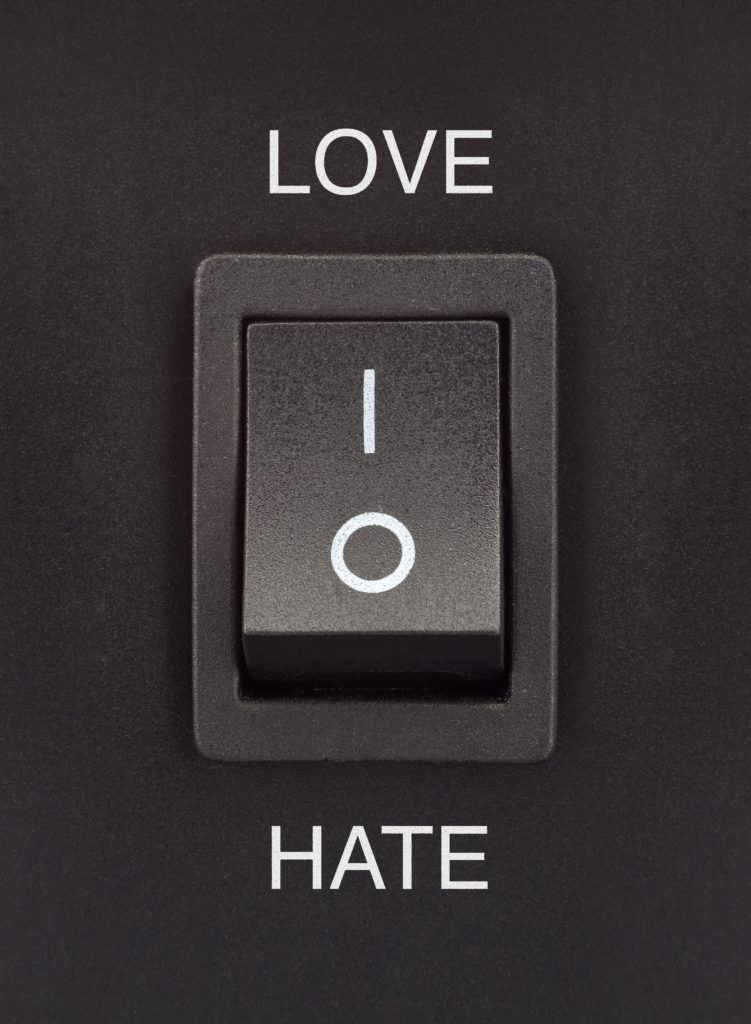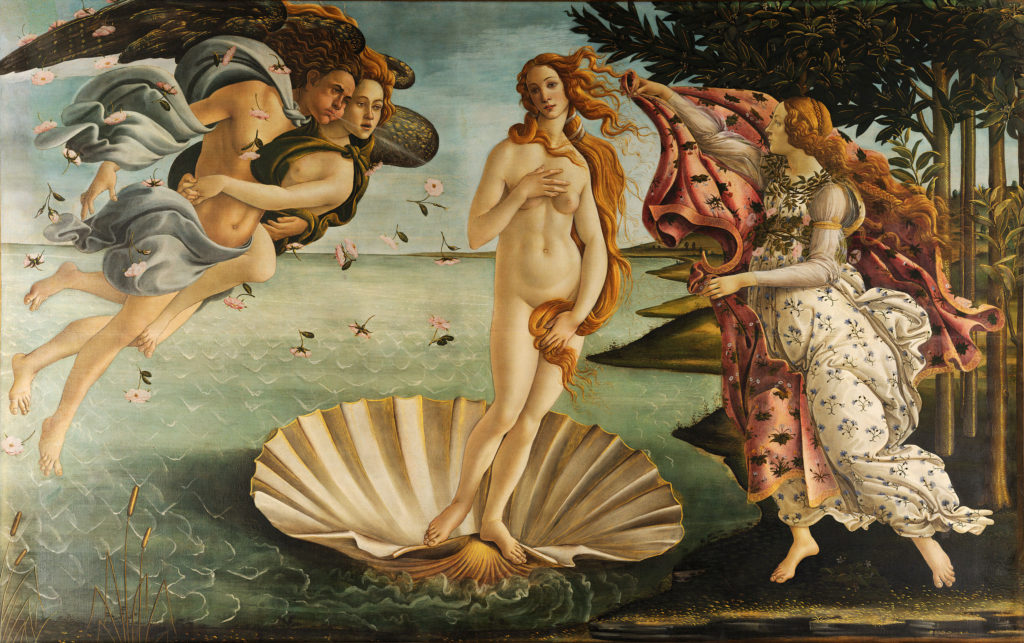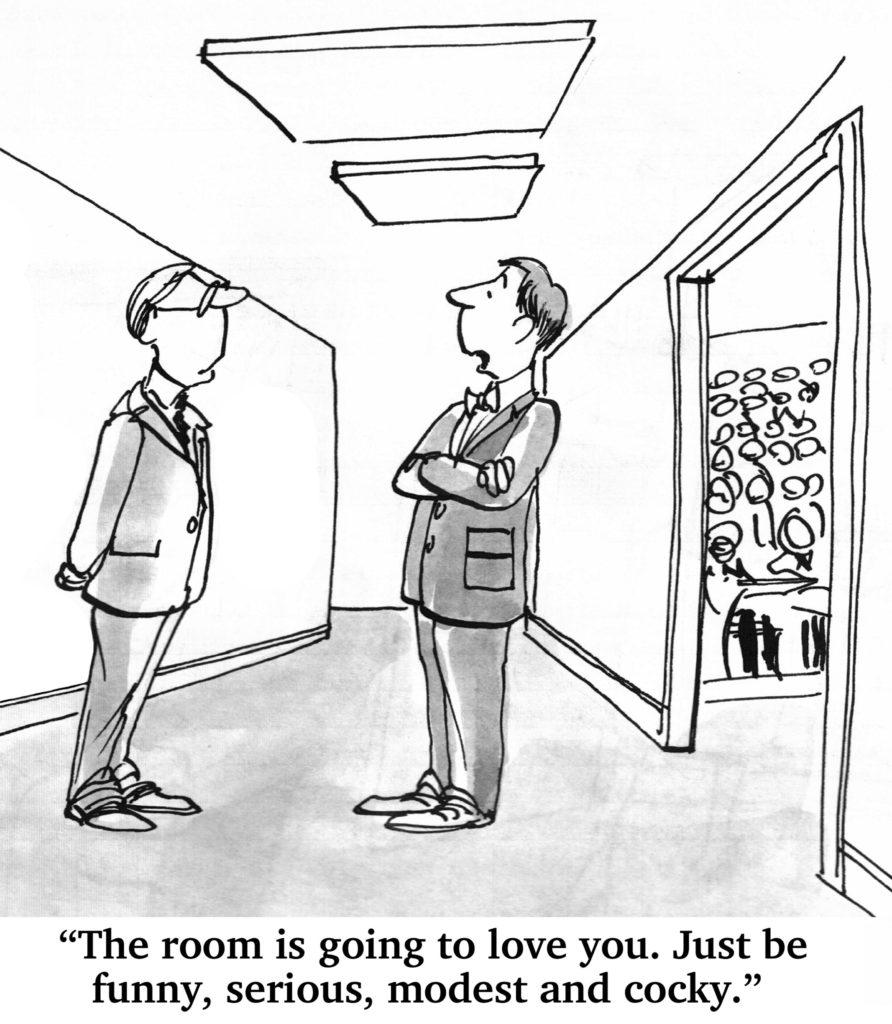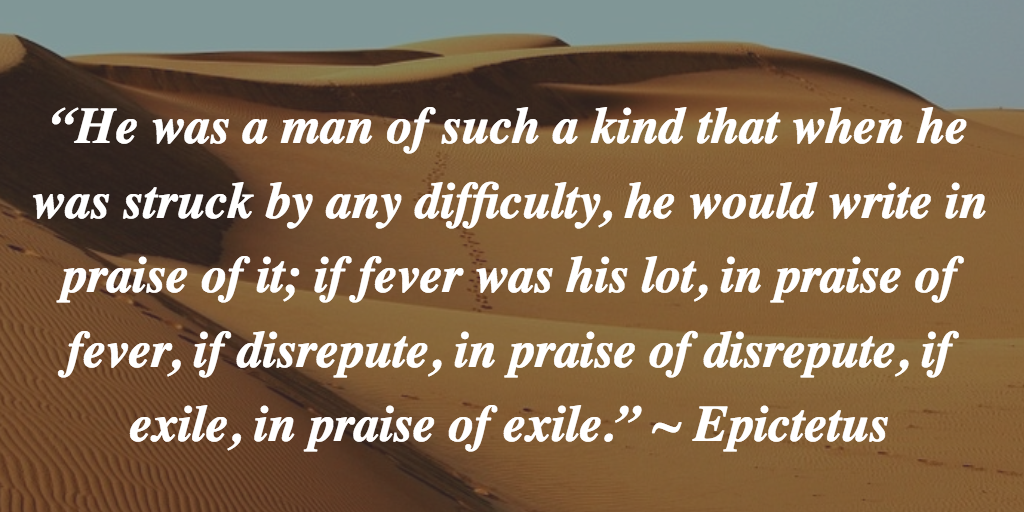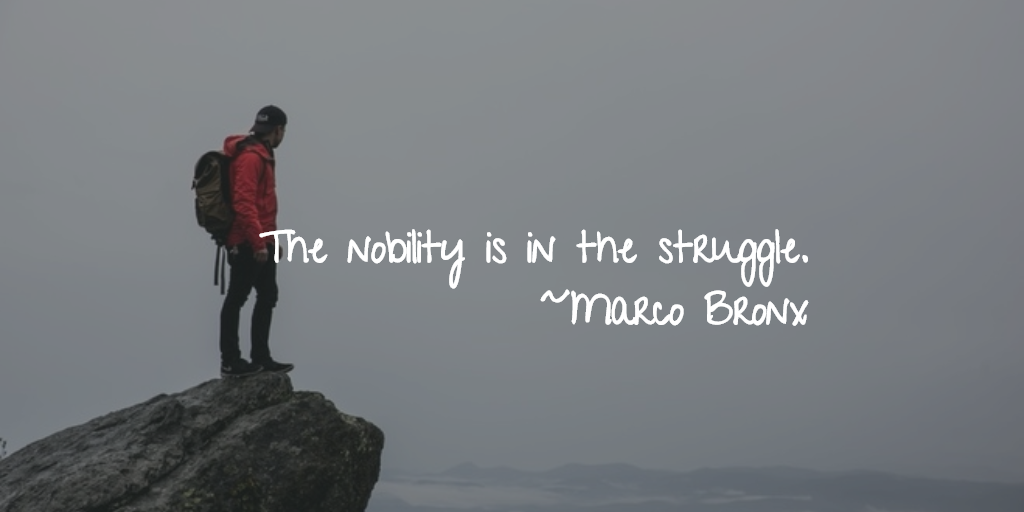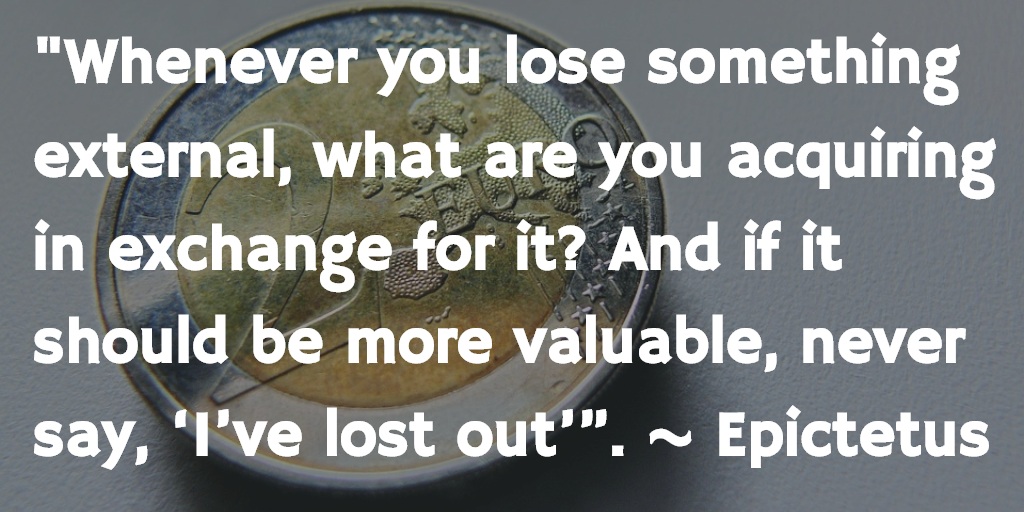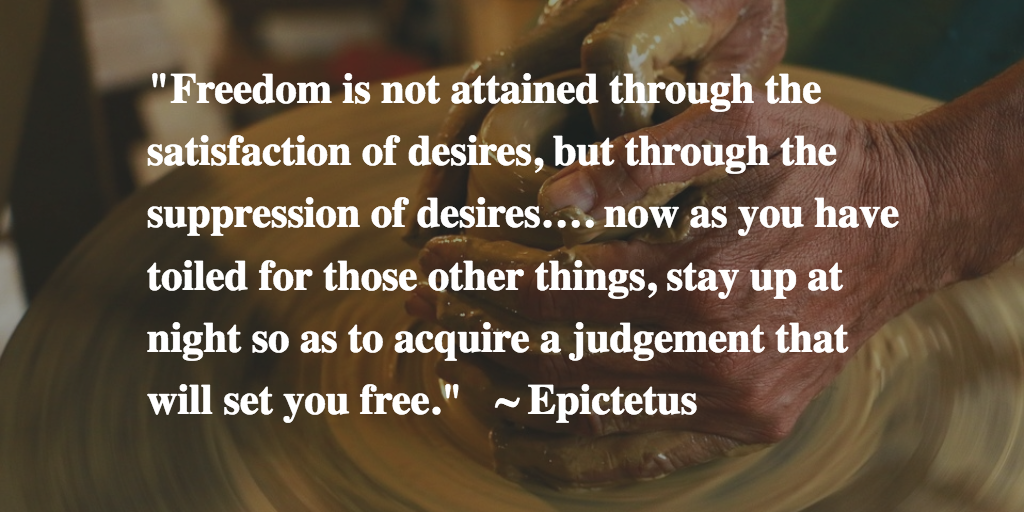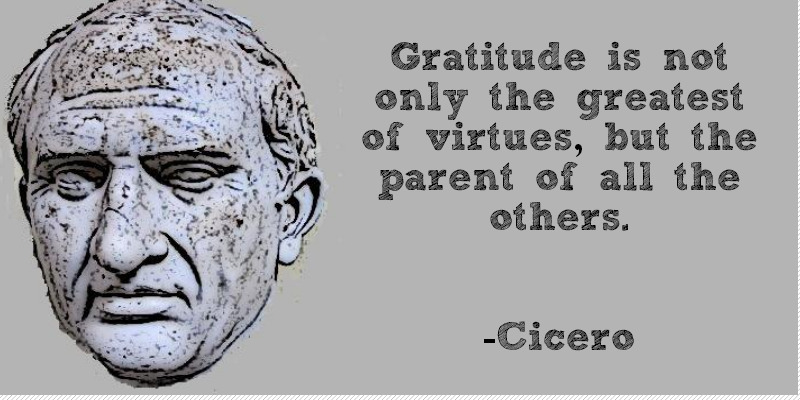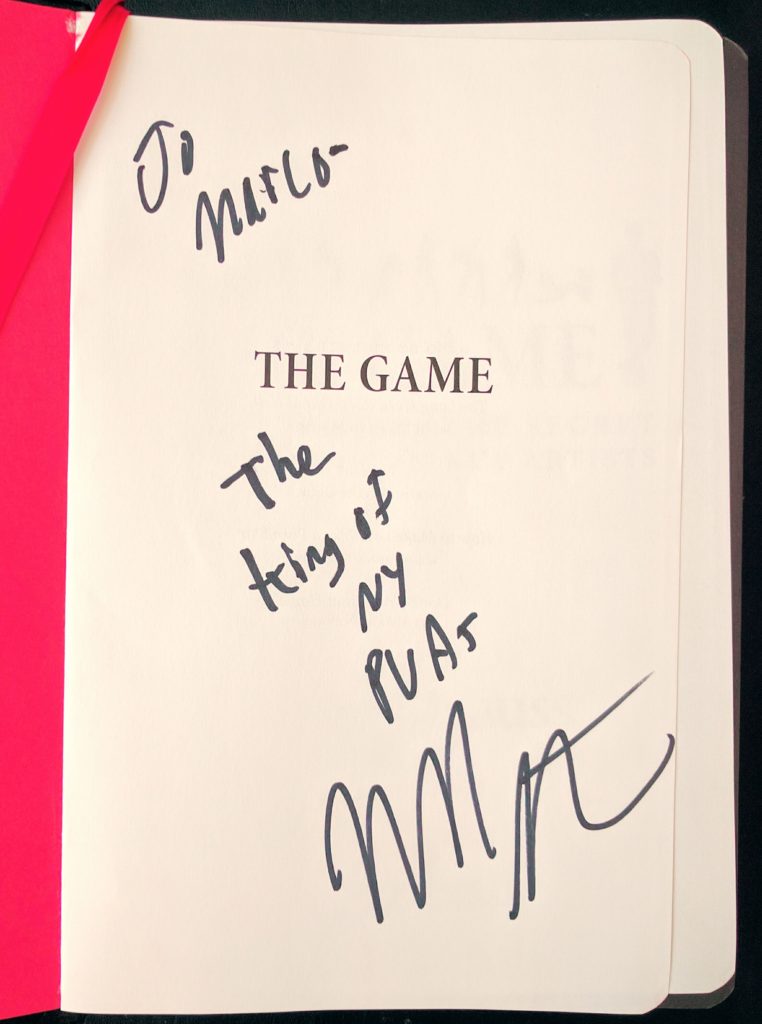
“What do you do when a hot girl throws herself at you?”
I googled this today and the first result was a guy in a body building forum presenting three super thoughtful options:
Give her the cawk.
Get turned off since it’s so easy.
If you want a real relationship you hold out.
These attitudes are common for many men. If a girl is giving it away, it means she’s easy. After all, she doesn’t have any self-respect.
But what if that hot girl is Jessica Alba? Assuming they know who she is, most guys would probably throw themselves at her instead. Does this mean the men don’t have any self-respect? No, of course not. She’s Jessica Alba for god’s sake!
If all this sounds rather shallow to you, that’s because it is.
Why do we play games? Why can’t people who find each other attractive just get down to business and skip the courtship dance, the boring small talk? Why do girls have to wonder “does he like me?” for hours, days and weeks…. even when they both want the same thing in the end?
BREAKTHROUGHS IN ATTRACTION
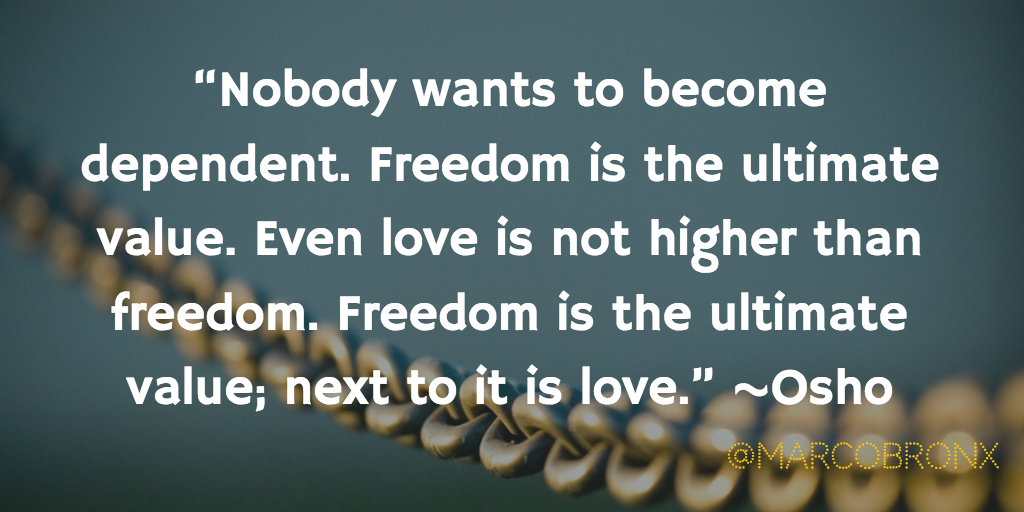
Back in 2003, the biggest breakthrough I ever learned from the Pickup Artist community was that so much of our attraction is based on social value. Actually, scratch that. Our attraction is often based on our perceived social value.
Mystery decoded most of the formula for attraction theory. It was Tyler Durden and Papa at the time, that tied most of the attitudes and behaviors together, under the title social “value”. The IOIs, negs, obstacles, targets, AFCs, AMOGs, alphas, peacocking, shit tests, take-aways, cocky funny, jealousy plot-lines, qualification, time constraints…they were almost all about how we demonstrate higher value to others.
When I first learned this a light went on. It was in 2003 as I was talking to my friend and mentor Vinigarr when suddenly I had that moment when I saw “the matrix” that explained so much in my dating life. Yes, being short was a disadvantage but if I learned to play the game I could get the girl too.
Sounds a little sleazy right?
But here’s what most people outside the community don’t realize: almost all these techniques came from watching women. Specifically, this is how many attractive women in clubs are already acting with guys trying to date them.
Incidentally, it’s how many attractive men act too. Because all these techniques are just terms for what happens naturally. Not just in the dating world but in everyday social dynamics, whether you realize it or not.
Notice I didn’t say, “hot” men or women. Because there’s a difference between being hot and being attractive. Men with lots of wealth and power are attractive. They may be ugly old farts, but many women find them attractive. It makes them feel safe, taken care of and feminine.
And women who know how to play hard to get, dress well, or have high status (like celebrity) are considered attractive. Yes, men are more visually attracted than women are, but if men were only attracted visually, then they wouldn’t lose respect for the easy, but hot girl.
BREAKTHROUGHS IN INTIMACY
As the years went by, I began to notice a long-term pattern. Most of us were only dating short term even though many of us claimed to want relationships.
Even those of us in long-term relationships weren’t very happy. One by one, they all seemed to self-destruct. It wasn’t just a matter of whether it would or wouldn’t. It was only a matter of time. To be fair, a few did end up in healthy LTRs. And maybe not so coincidentally, many of them continue to be my good friends today.
But Mystery and Style – the two most iconic figures of the seduction community – both became perfect examples of how NOT to have an LTR.
I saw Mystery “closing” lots of beautiful women but he was always depressed about being alone. About not finding his pair bond(s). Eventually, he had a daughter with one of his girlfriends but last I heard she wouldn’t speak to him anymore or allow him to see his baby girl. It made him utterly miserable.
You’d think his superior skill on how to create attraction and desire – which I can attest to, first hand – would lead to superior relationship and communication skills with women as well. Right?
Nope. Not even a little bit. And lest you think this is a one-time occurrence, I can assure you it isn’t. This is the norm in a long line of imploding relationships over the years.
In 2013, Neil Strauss married his current wife Ingrid and now has a son. But in 2010, she forced him to go to therapy for sex addiction. His come-to-Jesus moment was when he cheated on her in a church parking lot with her best friend.
Why were so many of us good at meeting girls, having passion in the bedroom and not able to have healthy, steady relationships? What was missing?
After years of therapy and introspection (as well as lots more sex with other women), Neil learned that it all came from his low self-esteem. Today his seminars teach men “how to be ok with themselves.”
I’m not accusing all Pickup Artists of having low self-esteem but it’s ironic that in an industry that teaches men how to be “their best self” and more confident with women – their two most recognizable leaders that created the original blueprints – had significant emotional issues. It says something.
I know what you’re probably thinking by now…
You’re laughing at all the silly PUAs with their little insecurities because it was so obvious to you. You saw it coming a mile away. But the truth is, this isn’t something unique to the Pickup Artist community. It’s just an extreme microcosm of how the world operates. Because everyone has insecurities. And assuming you’re human, so do you.
No one wants to face rejection. No one wants to feel hurt or disappointment. We all have fears, flaws, and vulnerabilities. We’re all wounded. But even though it’s the most natural thing in the world, we fight it. And this is why we all play games at first.
Because attraction and fear are really both aspects of the same phenomenon. It’s scary if she rejects you…but it’s EXCITING if she validates you. This is a fun game to play if you can win at it, but it’s not love. It’s a game.
Yes, women love validation. They need it. But men need it just as much, if not more. When we date, holding our cards means withholding our validation for the other until we get it first. But the reason we withhold validation is because it’s important to us. We treat it like currency.
Without the possibility of losing something, there’s no fear. If you’re afraid of losing then it’s because it’s based on your desire for something. The desire to remain physically safe, the desire to love without disappointment, the desire to be validated by someone attractive.
So whatever we desire, rules us. We’re slaves to our desires and at the same time, we’re afraid of losing our freedom. So we fight. We fight our desires and we fight our fears. We fight other people but the fight is really inside… like a shadow, it follows us everywhere we go.
In the fighting you feel good, you are. It strengthens the ego. But in the process, it increases the distance between two people. This goes in the opposite direction of a real relationship.
Because a real relationship is the art of intimacy.
True intimacy is about removing all barriers between two people. And the ultimate barrier between two people is the ego. Real relationships are about giving up power, giving up the desire for control. It’s about being vulnerable, trusting and allowing a space for the other…including all their flaws, fears and weaknesses…the total human being.
THE ART OF DATING WITHOUT CONFLICT
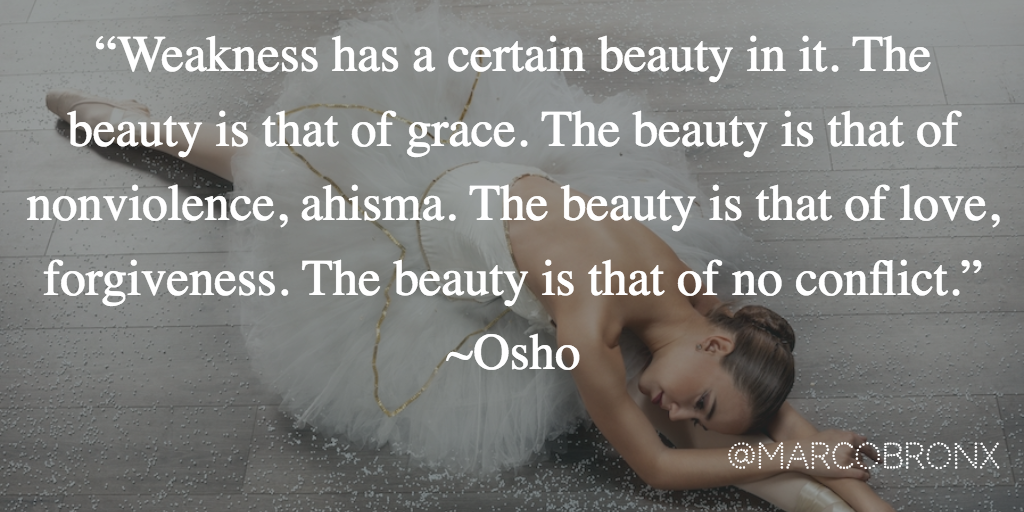
After 5 years of seeing myself and other Pickup Artists failing in the love department, I learned that when it comes to dating, attraction matters – but when it comes to love, intimacy matters. And this is where we run into conflict. Because if dating is based on a power dynamic then you must maintain that power.
So while having a hot 19-year-old blonde tattoo “Marco Rules” on her leg after knowing her for forty-eight hours – and against my own wishes, I might add – certainly made me feel super manly about myself, it’s not really the beginning of a healthy LTR.
Of course, it’s natural to have your guard up when you first start dating someone, but at some point, it will have to be dropped – and the sooner the better. If you want closeness, then you’ll have to drop your need for security and risk the truth of yourself and the other. And if two people can’t drop their defenses against each other, then there’s no foundation for love. Love is an impossibility.
With this new understanding I saw how all the techniques developed to demonstrate higher value naturally revolved around self-esteem and control – and most importantly, it directly opposed any intimacy. It’s totally destructive, long-term. It has to be.
Once I realized this, many things became clear.
Sex and power have always been closely intertwined. Many of our fetishes involve letting go of control or exercising it. S&M is exciting when you can dominate or submit to someone else’s power. But can it be used to build intimacy too? Absolutely – as long as it’s consensual. Then they’re not just objects that you’re getting something from… you’re giving them an experience they want, too. You’re sharing something.
When it comes to dating, some guys like to be the aggressive, alpha male and be super direct with their approach. For some girls, this is a turn-off. Everyone is different. That’s why it’s called a dance.
So when we use “indirect game” it can also help make her more comfortable. It can be used to build trust. But whether you’re being direct or indirect, if you’re changing your behavior because you need to get something from her, then it’s still about power and control.
It’s no coincidence that Kissinger described power as “the ultimate aphrodisiac.” Money is power, beauty is power, fame and validation is power. People who wield a lot of power are considered sexy. It’s their ability to give or take away what we want that makes them sexy and attractive.
All this explained to me why Mystery couldn’t hold down a healthy relationship if you held a gun to his head. Erik, the human, is a relationship guy. But Mystery, the persona, is not. So when Erik decides he wants the girlfriend, it’s almost too late. Mystery has already established the relationship based on a power dynamic and not much else.
In the Pickup Artist community, not only were we insecure, but the women we chased were as well. This is why it worked so well on attractive women. They can often be some of the most insecure of all. And it’s no coincidence that the women Mystery and Style dated were mostly young club girls, strippers or similar types as well.
So when a hot chick throws themselves at you, an insecure man might wonder “wait… what’s WRONG with her??” But a confident man with a healthy self-image might think, “of course she likes me… I’M FUCKING AWESOME! She must be awesome too!”
That’s what it looks like when we don’t play games.
***
It may sound like I’m picking on Mystery but the truth is I have a ton of respect for him. If it weren’t for his incredible genius in codifying some of these extremes in the dating world, none of these insights would exist for me.
Today Neil Strauss and a lot of the “natural game” gurus in the Pickup Artist community think many of the techniques and routines taught back in 2005 are bad for dating. Is it true? Yes and no. And this is where I depart from most conventional thinking…
Because we don’t just blindly trust random strangers at first. Nor should we. So if you’re dating, there’s still a qualification process that happens whether you’re aware of it or not. The question is, what are we qualifying for?
Tools are only “good” insofar as the intention for which they’re being used… it all depends on where you’re coming from. If we’re just trying to get laid, then in it’s purest form, it’s only about two people’s attraction to each other. Nothing wrong with that. But if we want more, then our mutual values matter. Even if it’s a short-term fling.
So in 2008 when I met my wife a speed dating event, I didn’t do a modified “crappy sketch artist” on her just to make her laugh. I did it because I come from a very sarcastic family, and a sense of humor is very important to me.
When I shared my “identity story” with her it wasn’t just to create deeper rapport so I could close her. I did it to find out if she’s positive, affectionate, open minded, spiritual, passionate, honest and into health and fitness like me. And as we began dating, I noticed she didn’t participate in any of the typical validation games… not only that, she didn’t respond to them either!
All this showed me that she had the qualities that could lead to a healthy LTR with me. I just set my boundaries upfront and then I let her decide. If she didn’t, I was honest about that. And if she did, I was honest about it too. Dating was just a process of discovering if our values aligned. But no longer was I hiding who I was, for better or worse.
Since dating will always involve some qualification process, why not use that process to build healthy intimacy instead of preventing it?
***
Eight years later, I still use what I learned back then in our current relationship. I know sometimes she wants me to be a stronger leader in parts of our relationship. I understand that when we argue, her non-verbal cues tell me more about how she feels than what she’s saying. And because we’re clear on our most important values together, we work to maintain them if we stray. Everything else slides.
But in none of these examples is she someone I’m just trying to get something out of… because love doesn’t seek to take. It gives. Love doesn’t fear, it trusts. And love doesn’t seek security because real love is freedom. Real love is a stepping stone. And the only way to freedom is to drop the fear, drop the questions, the doubts.
Without trust, there will always be questions. But if you’ve been following so far, then you understand that the ultimate question is really about accepting ourselves. Accepting others and accepting life as it is, with all it’s limitations, weaknesses, and imperfections. That’s what everyone’s looking for.
Then there’s no more conflict. Then there’s nothing left to fight. There’s no more shadows, only peace.
Seeking love may be the question… trust is the answer.
*Read our relationship interview by RiseUpEight: http://riseupeight.org/how-to-keep-the-passion
